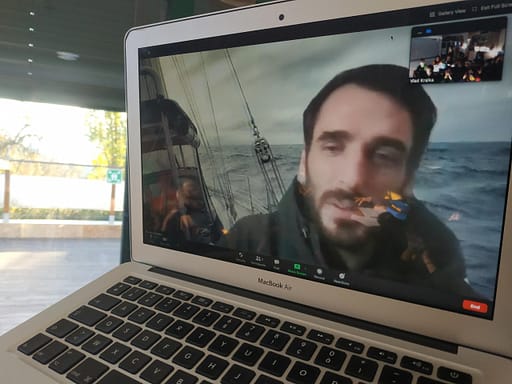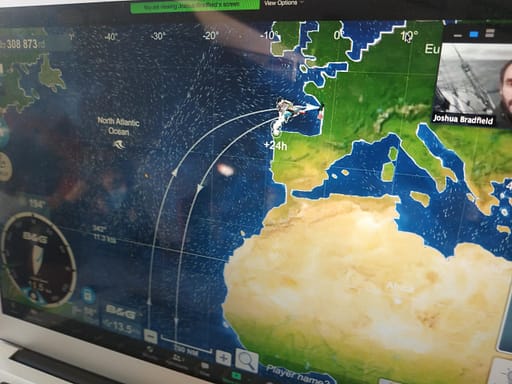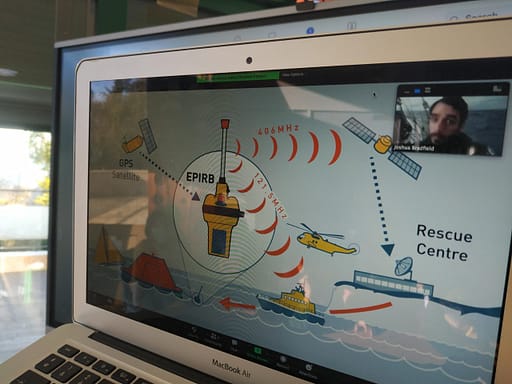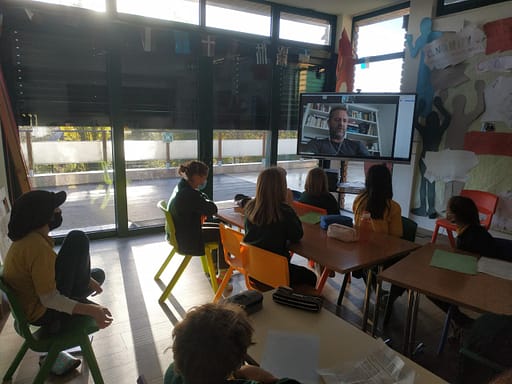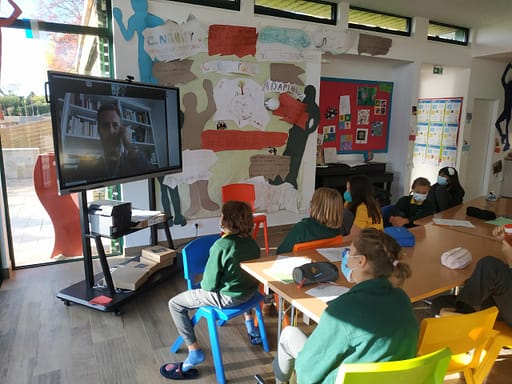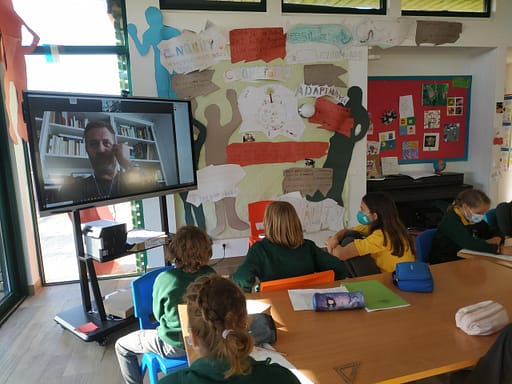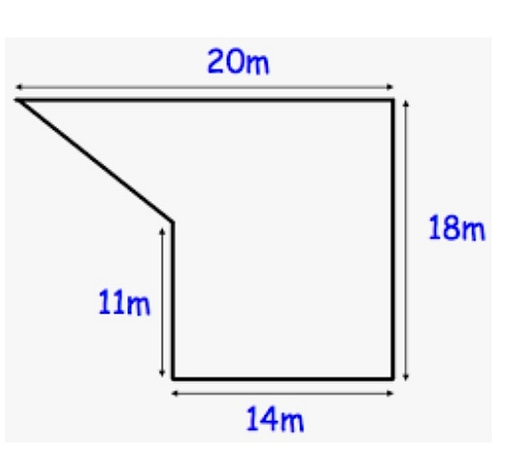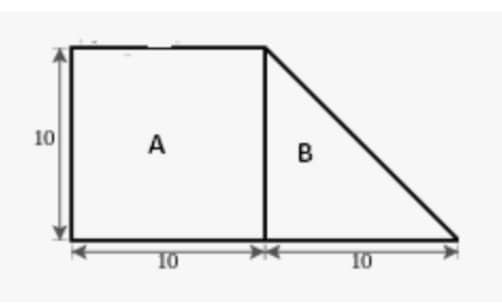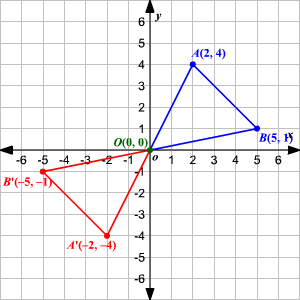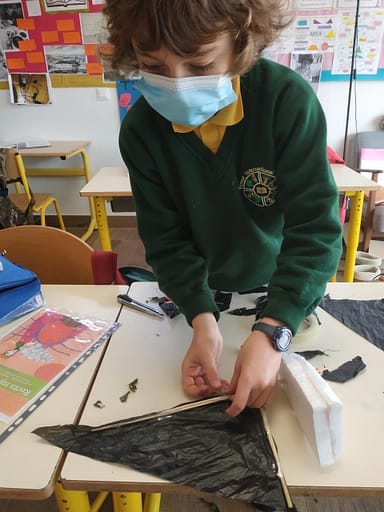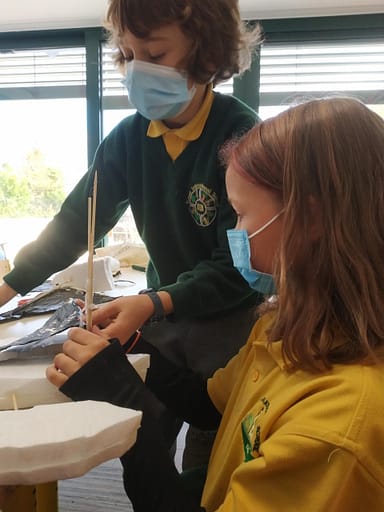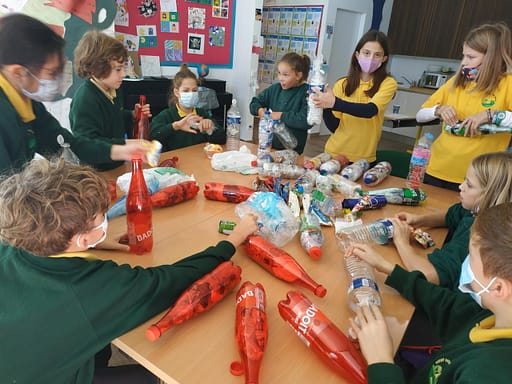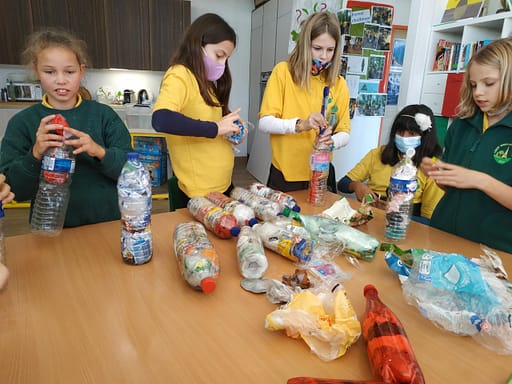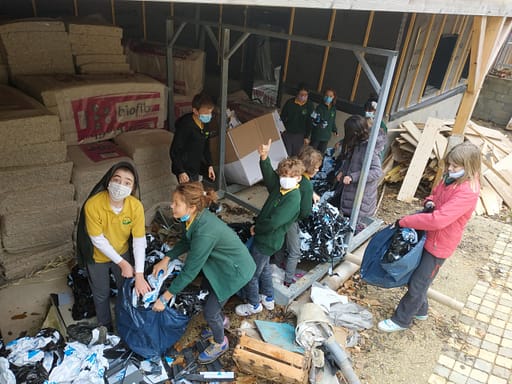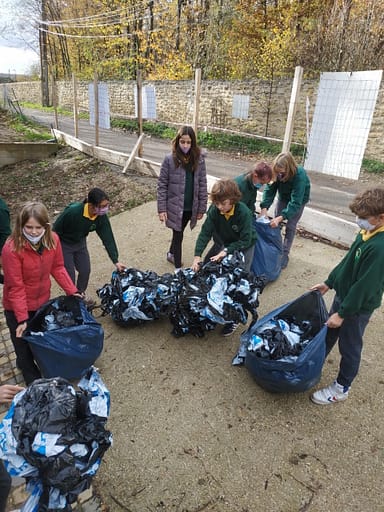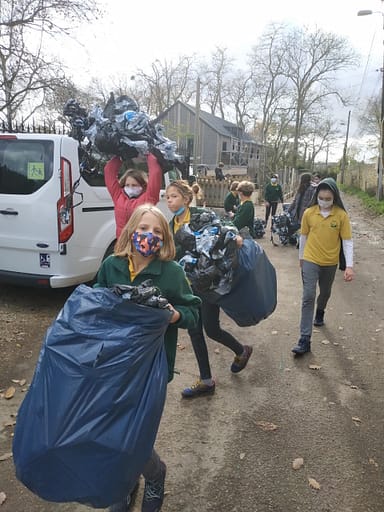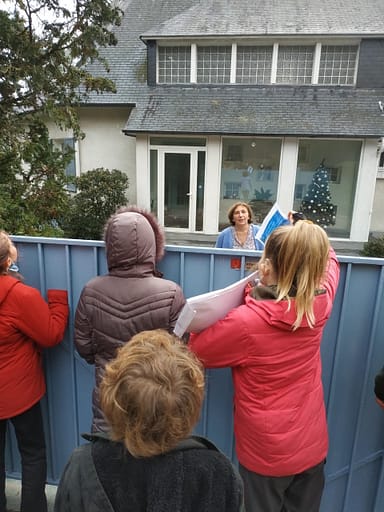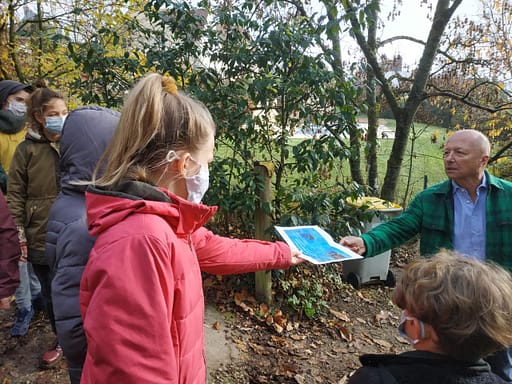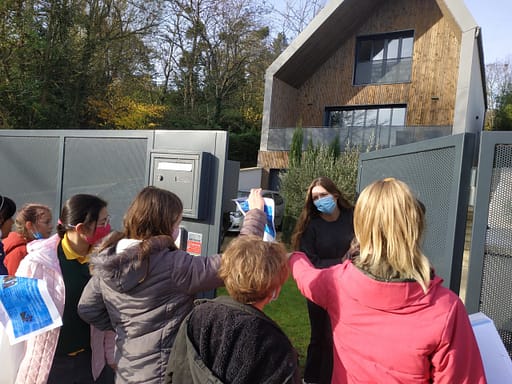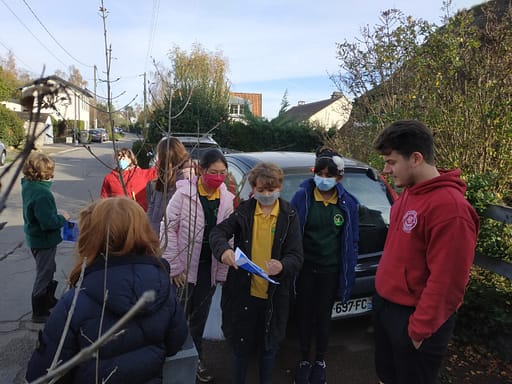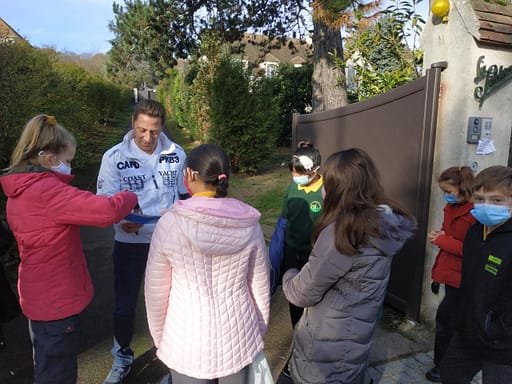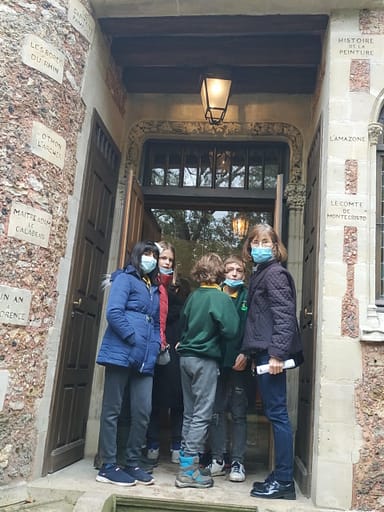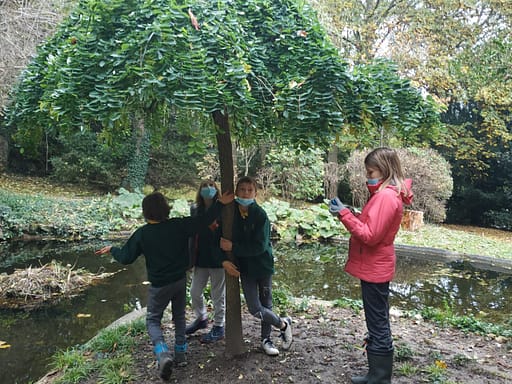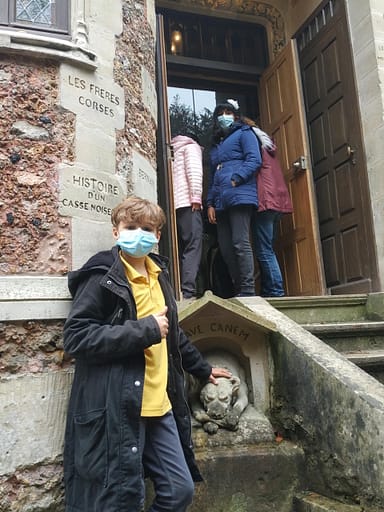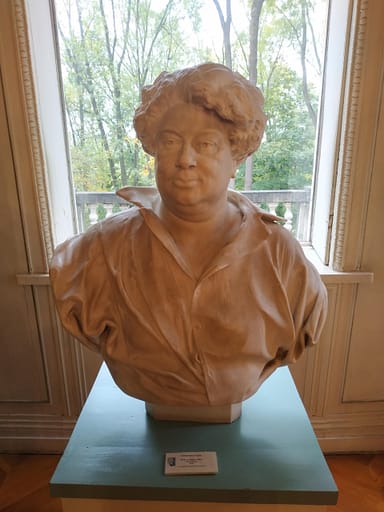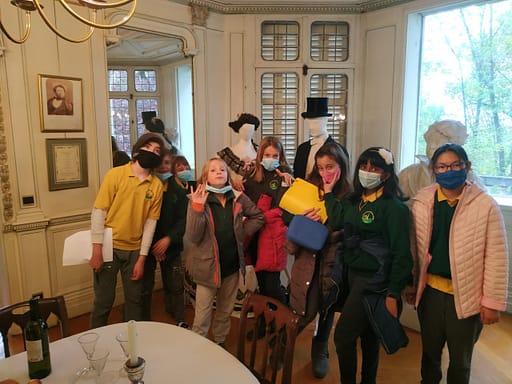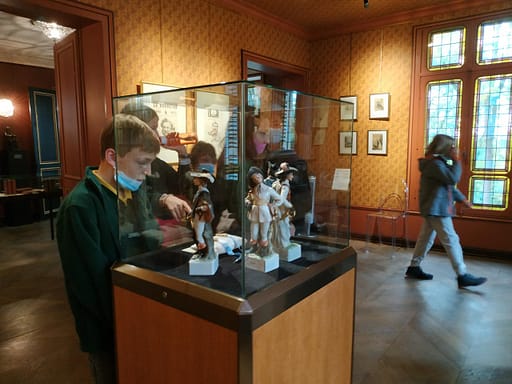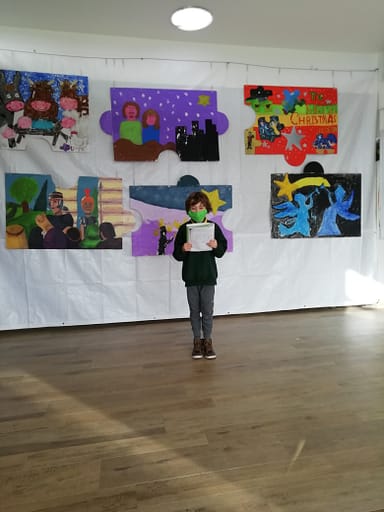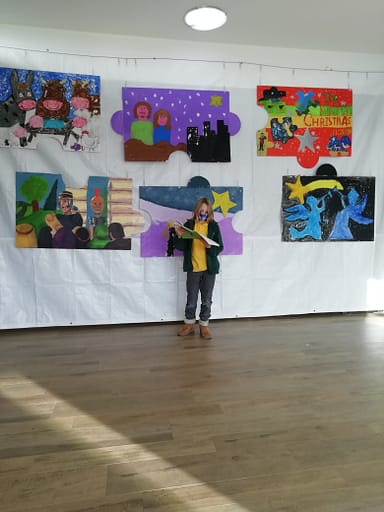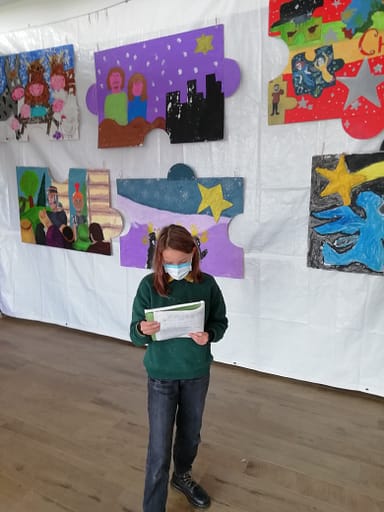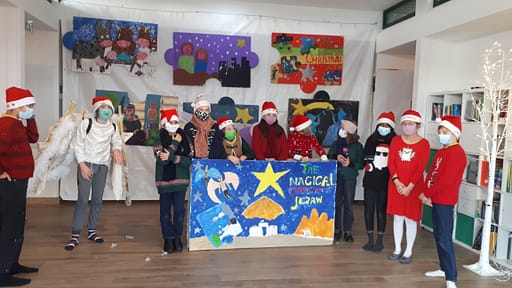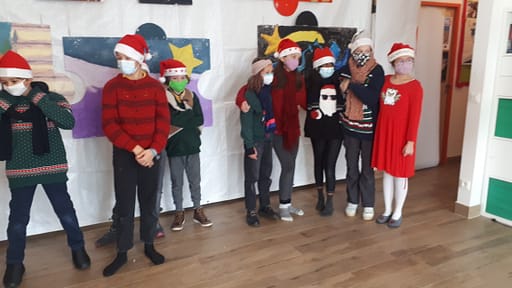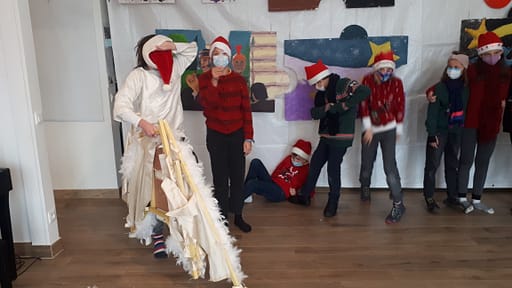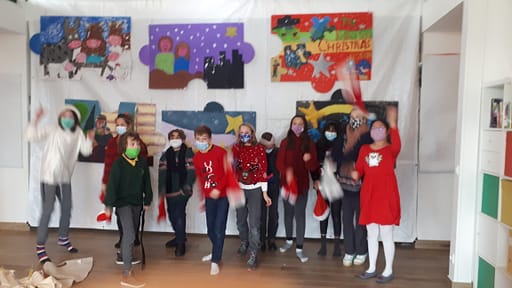“Curiosity, Discovery, Development and Competition“
Literacy
We have finished reading the novel Charlotte’s Web by E.B. White. We were all saddened by the ending but inspired by the courage and friendship demonstrated by the quiet and unassuming spider Charlotte. Perhaps it has made us reflect upon our attitudes to spiders.
The class is very interested in the Vendée Globe round-the-world yacht race and is always ready to give updates on the progress of the individual skippers and their yachts. The Vendée Globe skippers have recorded sightings of Albatross, extraordinary birds associated with the Southern Ocean. This has brought us to Coleridge’s The Rime of the Ancient Mariner, the tale of the sailor who was cursed for killing an Albatross.
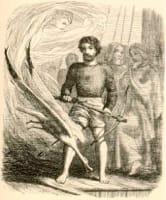
“God save thee, Ancient Mariner!
From the fiends, that plague thee thus! –
Why look’st thou so?”– With my cross-bow,
I shot the Albatross.
This term we have focussed on homophones, those confusing words that sound the same but have completely different spelling and meaning.
There have been weekly spelling tests and dictation, as well as reading comprehension to work on the skills and disciplines of carefully reading and selecting information from texts. We use the Cambridge English grammar book for work on verb tenses, parts of speech and reading comprehension.
This term Oak have written creepy Halloween themed stories as well as biographies of individuals whose innate curiosity and determination led them to achieve remarkable things – Neil Armstrong, Thomas Edison and Sir Robert Knox-Johnston (the first person to sail single handed around the world).
Vendée Globe
In November we were lucky to have zoom interviews with two experienced sailors, Joshua Bradfield and meteorologist Jean-Baptiste Chauvet who are only too aware of the dangers and difficulties facing the Vendée Globe skippers. They shared with us some of their own sailing adventures as well as the practicalities of preparing for a voyage and the eventualities to be ready for. They also answered our questions, including what to do in a storm, their scariest and best moments at sea, and the marine life they have encountered. Joshua Bradfield’s account of being rescued by the French Navy and having to sink his damaged yacht left a lasting impression on us all!
In this the 500th anniversary of the first circumnavigation of the globe, we are reading about the expedition led by Ferdinand Magellan. We are learning about Magellan’s life, how he struggled to achieve his dream of sailing around the world, about the hardships he faced and the courage he showed in adversity. We are also making comparisons between sailing in the 1500s and in the modern era; the life of a seaman in the age of sail was hard and dangerous. We have enjoyed learning about seafaring superstitions, some of which remain today.
Zoom Call with Joshua Bradfield/Sailor
Mathematics
Geometry: Properties of shapes
Comparing, ordering and measuring angles.The children consolidated their knowledge of the acute, obtuse and reflex angles and then identified them in different triangles and 2D shapes. We practiced using a protractor to measure different angles to the nearest degree. We also worked on drawing simple 2D shapes and then visualised how to convert them into compound shapes.
We worked on solving various problems and calculated angles on a straight line and around a point. We also worked on calculating missing angles in triangles, trapezoids and parallelograms. We used simple formulae for calculating the Area and Perimeter of a triangle, square, rectangle and then moved onto the compound shapes.
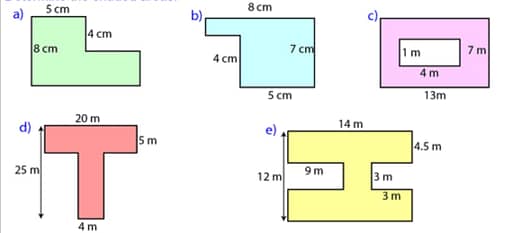
Directions and co-ordinates. Rotation and Translation. The children practiced plotting the co-ordinates of different 2D shapes and then located their corresponding co-ordinates after rotation/translation. We know that 2D shapes stay the same after the rotation/translation and found out that using the tracing paper evidently help us to pinpoint our new location. We clearly understand that when we rotate the same shape around the origin and around the specific co-ordinate B, our new shapes will appear in two different locations.
Science/DT (Float/Sink/Buoyancy force)
Students learnt about Archimedes’ Principal through the story of the “Archimedes and the golden crown”. They discovered about the density and displacement to the king. Oak students learnt about forces that act upon an object lowered in the liquid via experimenting with the different objects of different density. They also experimented with the objects of the same density lowered into the liquids of different density and how it affects where the objects will float in the liquid. We also experimented with the objects of different shapes and observed how it affects how they float or sink in the liquid. Based on this knowledge we created our own boats made out of the recycled materials and we will let them sail in our own “DEEP BLUE” of the swimming pool.
Art with Mariana Gonzalez
“This term we worked from the theme of the Vendée Globe. The maritime context in which this regatta takes place, proposed us to work with watercolour. The relationship with water, colour and imagination were an important part for the children in this workshop. The artist seen this time was the great British watercolourist: William Turner.”
“E-Baobab” project
“Your rubbish – our treasure”-“E-Baobab” project
Involving our local community
Armistice Day , November 11
For Armistice Day on November 11, we looked at how the day is commemorated around the world, in particular Europe and Britain. We discussed the importance of remembrance and recognition of those who lost their lives in the two world wars, so many of them very young. We learned about the origins of the poppy as a symbol of remembrance in the UK and US and the beautiful poem that inspired it, In Flanders Fields.
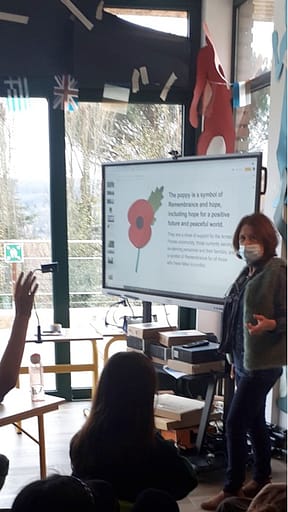
Trip to the Château de Monte-Cristo
To support our French Curriculum and our study of the “Les Trois Mousquetaires” novels by Alexandre Dumas, Oak/Elm Classes visited the Château de Monte-Cristo located on the hill of Port-Marly. Dumas lived in the castle for a short period of time to escape the turmoil of the city when he was at the height of his fame. The children enjoyed his marvelous gardens and had a quick peek into château d’If where he wrote his masterpieces.
History and Geography
Pupils learned about oceans through the Vendée Globe competition in History and Geography class this term. The Vendée Globe is a non-stop sailing competition for solo sailors which takes place once every four years. The Vendée Globe event was our entry point into learning more about the mysteries of the ocean.
Oaks learned to identify the different oceans and continents, about the various characteristics of the ocean which affected the Vendée Globe sailors such as the doldrums, gyres and fast winds of the Southern Ocean, and learned to present a specific characteristic or phenomenon of the world’s oceans. We learned about the machinations of ocean currents, the direction of ocean currents and winds around the globe, how oceans affect weather and climate patterns across the world, and how wildlife in the ocean is affected by pollution and global climate change.
We created a podcast to educate people on all the different aspects of the ocean, from pressure to the Coriolis Effect to the acidification of the ocean. Pupils researched their topic in further depth via and recorded their voices on a computer to later publish as a podcast with various episodes. Please listen to your heart’s content and enjoy!
Learning objectives achieved this term: We learned to…
– understand the characteristics which separate an ocean from other bodies of water such as lakes or seas
– identify and locate the different continents and oceans of the world
– understand how heat allows ocean currents to rise, salt allows ocean currents to fall and how the two can interact together
– show on a blank world map the direction of wind and ocean currents through an understanding of the Coriolis Effect, the interaction between high and low pressure, and differences in density due to the fact that heat rises and cold sinks
– predict how climate change may negatively impact oceans through acidification from higher temperatures among other effects
– appreciate the dangers of our use of plastic and its negative impact on ocean habitats
– learn about the extremes of the oceans in terms of changing climate patterns, hurricanes and other forms of extreme weather
– identify and observe different marine wildlife and understand how these animals interact with / compete against one another for food and living space
– organise a presentation on a topic about the ocean into something simple, structured and informative
ICT
This term we tied our ICT in with our history and geography. We played some games from NASA to better learn ocean currents and the complex relationship that can be created from currents, heat and salinity. We also used the Internet to do further research on an assigned ocean topic. Using this research, pupils presented their topic by researching an ocean topic in great detail, writing out what to say, and finally recording their voice to create a podcast episode. Check out the podcasts in the history and geography section.
Learning objectives achieved this term: We learned to…
– create a podcast in which a specific ocean topic was described by individual pupils so as to describe the oceans more holistically
– research material using a variety of reputable websites and sources
– organise online research and classroom input into notes and later structure them into a presentation
– learn the basics of Audacity as a means for recording voices
The mighty Oaks had a fantastic opportunity to demonstrate their creative side while making costumes, dancing, singing, creating props and performing on the stage during our Christmas Show.
Thank you and well done to all the Elm class students for their outstanding dedication and hard work during our « The magical Christmas jigsaw!» performance
Merry Christmas and Happy New Year! Enjoy your holiday!
Best wishes,
Mrs. Harrington and Mr. Kralka


